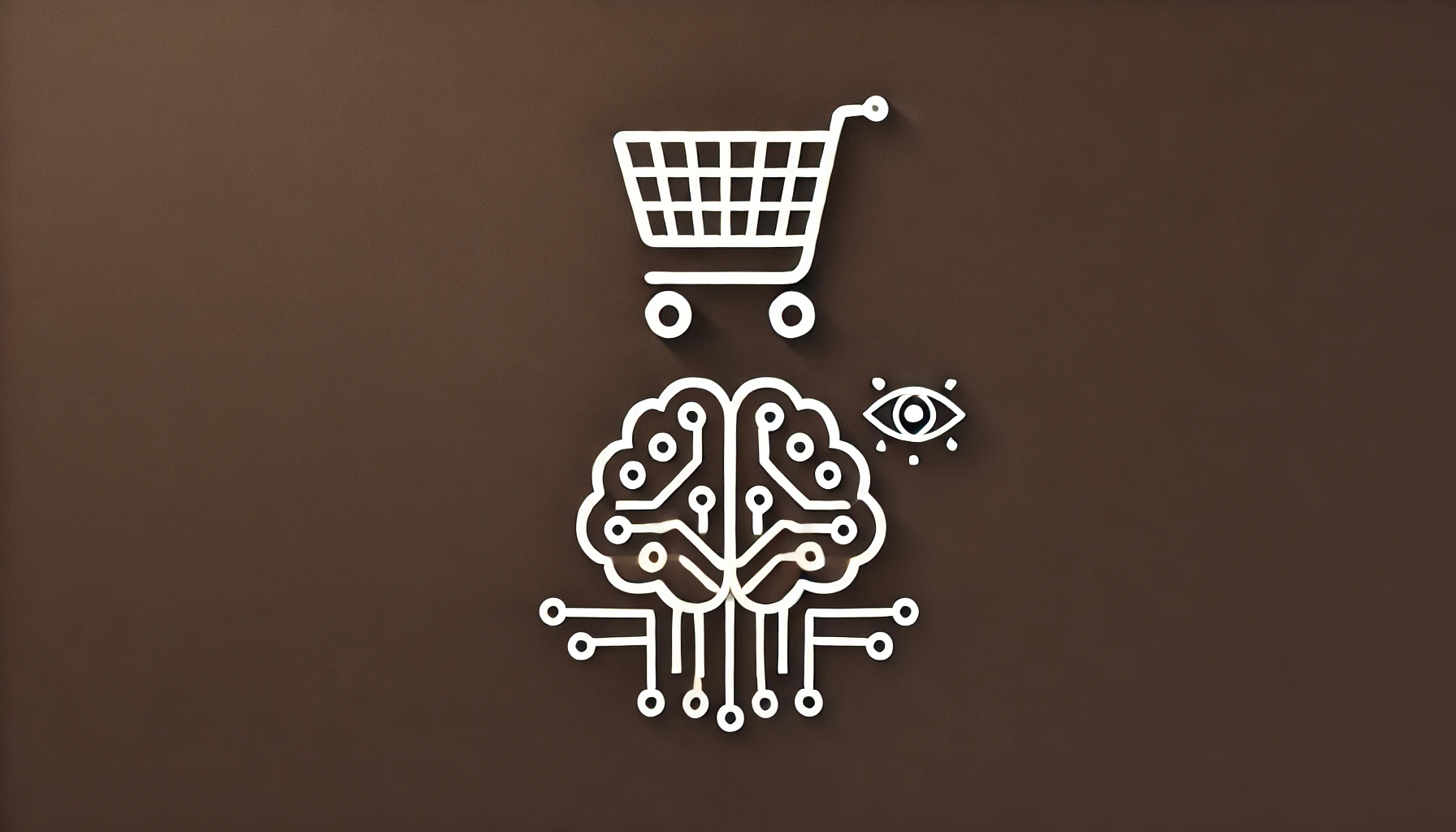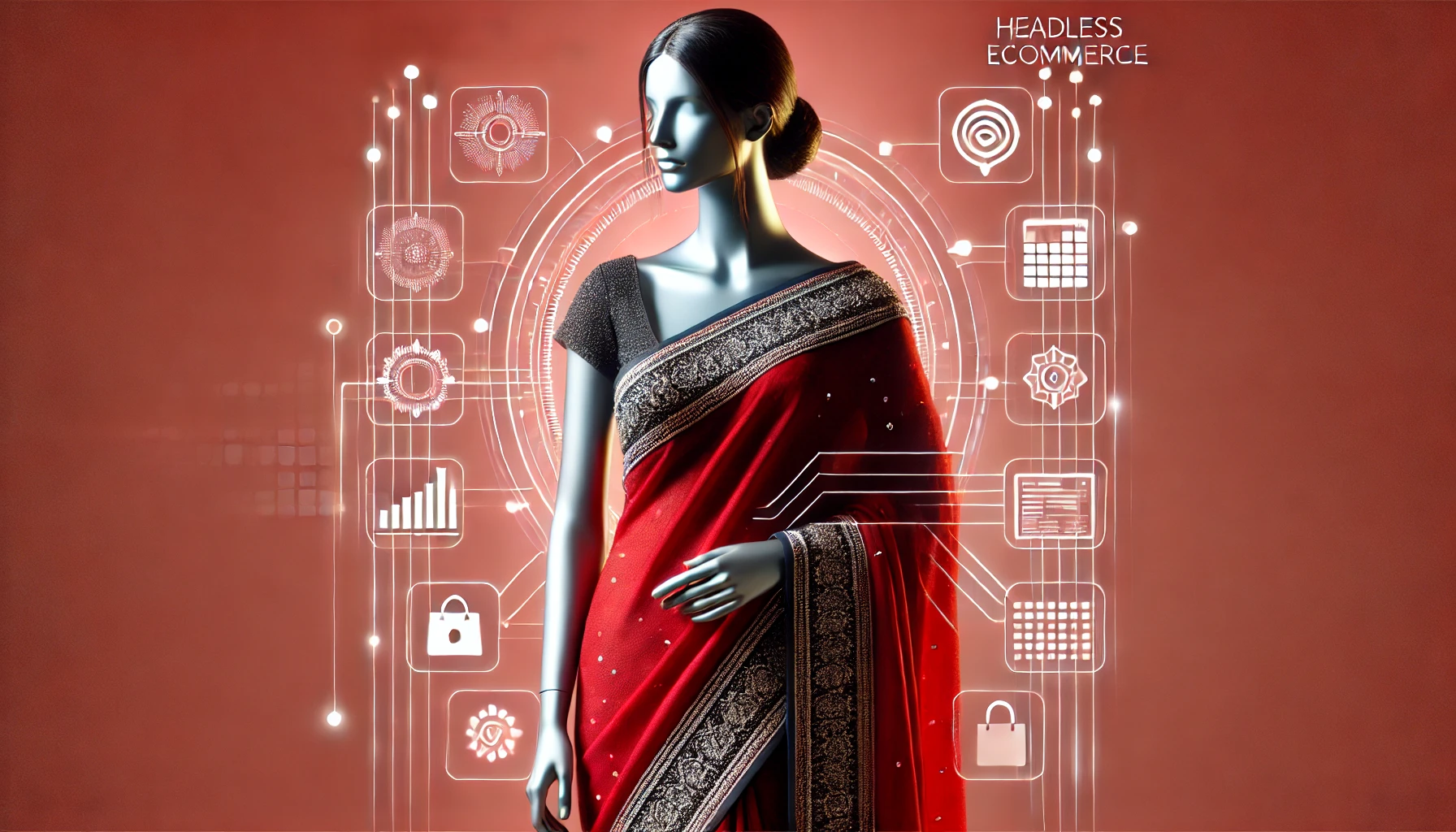As the eCommerce industry evolves, it continuously adopts new technologies to enhance user experience, improve operational efficiency, and drive growth. In 2024, the landscape is even more dynamic, with emerging technologies that are reshaping how businesses and consumers interact online. Staying ahead of these trends is crucial for businesses looking to maintain a competitive edge. Here’s a detailed look at the top 5 emerging eCommerce technologies you should know about:
1. Artificial Intelligence and Machine Learning for Personalized Experiences
Artificial Intelligence (AI) and Machine Learning (ML) have transformed the eCommerce industry by enabling businesses to provide highly personalized customer experiences. Here’s how AI and ML are making a difference:
- Personalized Product Recommendations: AI analyzes user data, such as past purchases, browsing history, and preferences, to recommend products tailored to individual customers. These personalized suggestions can significantly boost sales and customer retention.
- Chatbots and Virtual Assistants: AI-driven chatbots provide real-time assistance to customers, answering their queries and guiding them through the buying process. This improves the customer experience and reduces cart abandonment rates.
- Predictive Analytics for Demand Forecasting: ML algorithms analyze trends and historical data to predict future product demand. This helps businesses manage inventory more effectively and avoid overstocking or stockouts.
- Enhanced Customer Support: AI helps in automating customer support, enabling faster response times and better handling of customer queries. This makes the post-purchase experience smoother and enhances customer loyalty.
By leveraging AI and ML, eCommerce businesses can improve user engagement, conversion rates, and overall profitability.
2. Augmented Reality (AR) and Virtual Reality (VR) for Immersive Shopping
Augmented Reality (AR) and Virtual Reality (VR) are redefining the way consumers shop online by offering immersive shopping experiences. These technologies have made significant inroads into the eCommerce space, offering a more interactive and engaging way for customers to explore products.
- Virtual Try-Ons: AR allows customers to try on clothing, accessories, or makeup virtually before making a purchase. This is especially popular in fashion and beauty eCommerce, helping customers visualize how products will look on them without visiting a physical store.
- 3D Product Visualization: VR enables customers to explore products in a 3D space, giving them a better sense of product dimensions, texture, and design. This is particularly useful for furniture, home decor, and real estate eCommerce.
- Virtual Store Tours: VR can create a virtual store environment that customers can navigate as they would in a brick-and-mortar shop. This enhances the online shopping experience, offering a blend of convenience and exploration.
With AR and VR, eCommerce businesses can reduce return rates by allowing customers to make more informed purchase decisions. They also offer a unique selling point that can set businesses apart in a crowded market.
3. Voice Commerce: The Rise of Voice-Activated Shopping
Voice commerce is gaining traction as more consumers turn to voice assistants like Amazon’s Alexa, Google Assistant, and Apple’s Siri for their shopping needs. The convenience of voice-activated commands allows users to shop hands-free, creating a seamless shopping experience.
- Voice Search Optimization: eCommerce stores are optimizing their websites for voice search to ensure their products are discoverable when customers use voice commands. This involves focusing on natural language queries and conversational content.
- Voice-Enabled Purchase Pathways: Some retailers are enabling customers to complete the entire purchase process through voice commands, from adding items to the cart to placing orders and making payments.
- Integration with Smart Devices: The integration of eCommerce with smart home devices has opened up new avenues for voice commerce. For instance, customers can reorder groceries or household items directly through their smart speakers.
Voice commerce is expected to become a dominant channel in the coming years, and businesses that invest in optimizing their platforms for voice search will be well-positioned to capture this growing market segment.
4. Blockchain Technology for Secure Transactions and Supply Chain Transparency
Blockchain technology, originally popularized by cryptocurrencies, is now making its way into eCommerce, offering enhanced security and transparency in transactions and supply chains.
- Secure Payments: Blockchain enables secure and tamper-proof transactions, reducing the risk of fraud and enhancing customer trust. Decentralized ledgers make it harder for cybercriminals to alter transaction records, which is a crucial factor in eCommerce.
- Smart Contracts: These are self-executing contracts with the terms of the agreement directly written into code. Smart contracts can automate payment processes between buyers and sellers, ensuring a smoother transaction experience and reducing administrative costs.
- Supply Chain Transparency: Blockchain can trace products through every stage of the supply chain, providing transparency for customers who want to know the origin of their purchases. This is particularly valuable in industries like food, pharmaceuticals, and luxury goods, where authenticity and safety are critical.
Adopting blockchain technology can help eCommerce businesses build trust with their customers by ensuring a secure, transparent, and efficient transaction process.
5. Headless Commerce for Flexibility and Customization
Headless commerce is a technology architecture that decouples the front-end presentation layer of a website from the back-end commerce functionality. This approach offers eCommerce businesses greater flexibility in customizing the user experience across different channels.
- Omni-Channel Selling: With headless commerce, businesses can deliver a consistent shopping experience across multiple channels, including websites, mobile apps, social media platforms, and IoT devices. This ensures that customers receive the same brand experience, no matter where they interact with the brand.
- Faster Time-to-Market: Headless commerce allows developers to make changes to the front-end without altering the back-end, which speeds up the process of launching new features, campaigns, or designs.
- Enhanced Customization: Businesses can create highly customized and dynamic user experiences that are tailored to their specific customer base. This is particularly important for brands looking to differentiate themselves in the competitive eCommerce market.
By adopting a headless commerce architecture, businesses can stay agile and adapt quickly to changing customer preferences and market trends.
Conclusion: Embracing the Future of eCommerce
The eCommerce industry is evolving rapidly, and these emerging technologies—Artificial Intelligence, Augmented Reality, Voice Commerce, Blockchain, and Headless Commerce—are shaping the future of online retail. By understanding and adopting these innovations, businesses can stay ahead of the curve, offering enhanced user experiences and improving operational efficiency.
Investing in these technologies is not just about staying current; it’s about building a foundation for sustainable growth in a competitive landscape. As customer expectations continue to rise, leveraging these technologies can be the key to delivering the convenience, personalization, and security that modern consumers demand. Whether you are a small business or a large enterprise, embracing these trends will ensure you remain a leader in the digital marketplace.
Looking to start an online store? Contact us now and we will take care of it for you. Click here





